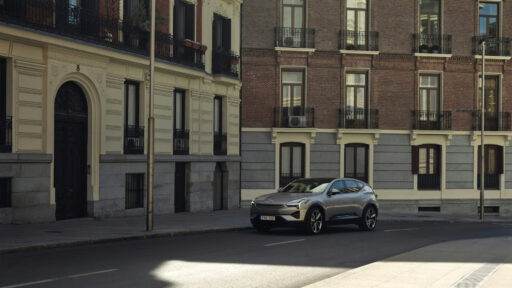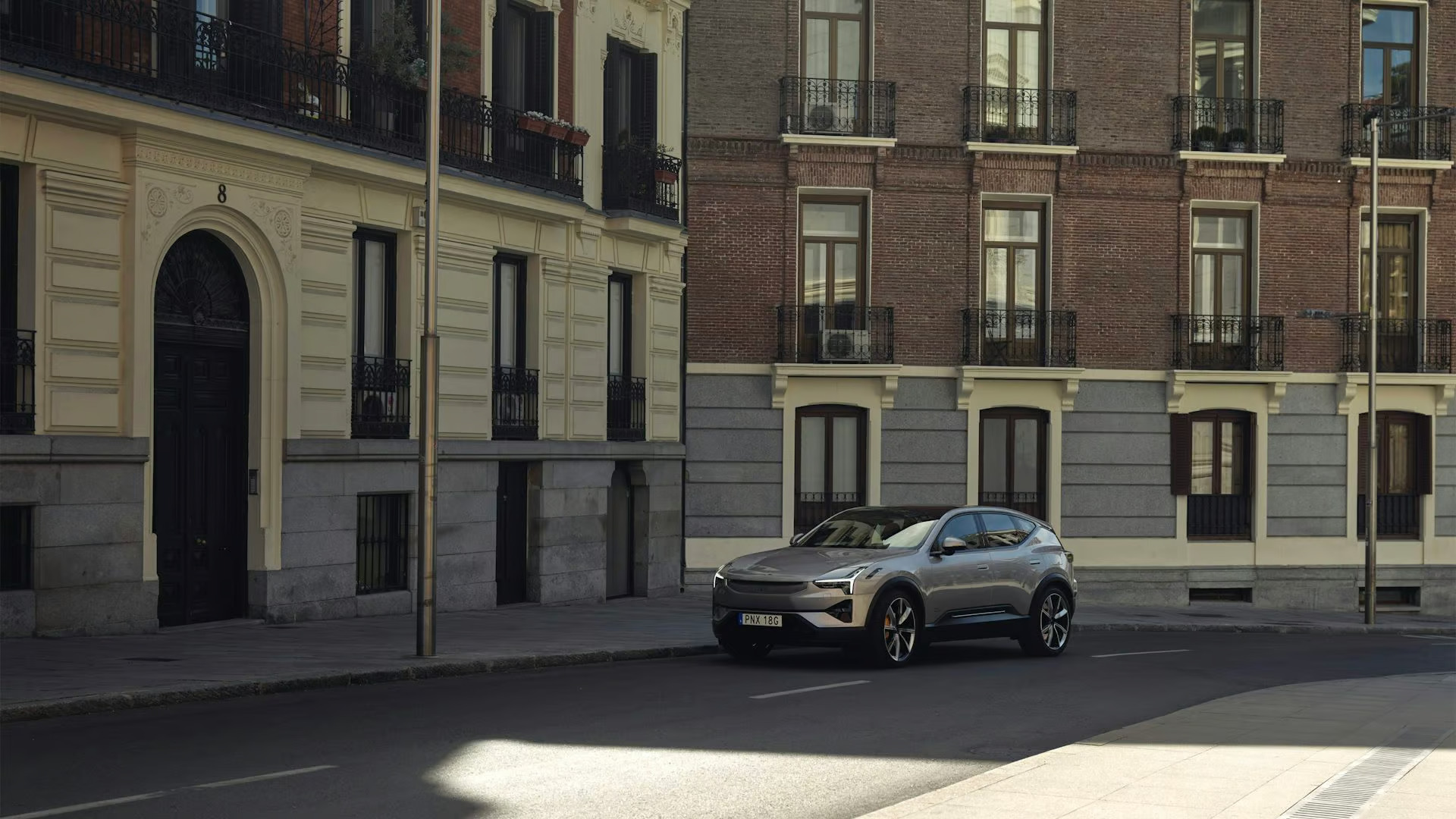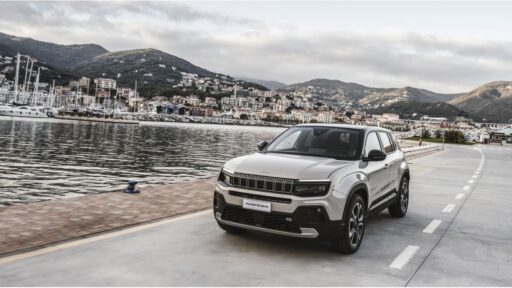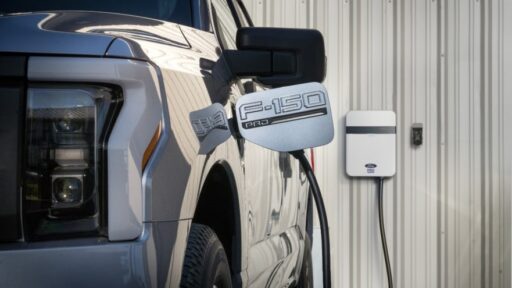The luxury landscape is evolving beyond mere expense. Today, rarity, time, and craft remain crucial, but authenticity and values have become fundamental for defining luxury. This transformation is especially pronounced in the automotive industry.
In the post-combustion era, car designers have embraced new possibilities offered by electric vehicle (EV) platforms. “The electric car platform offers great advantages, particularly in the interior spaces,” says Jean-Arthur Madelaine, Head of Interior Design at Polestar. EV architectures allow for more spacious, adaptable, and brighter interiors. The Polestar 4, for instance, exemplifies this with its extended wheelbase and increased legroom, offering the spaciousness of larger vehicles.
READ MORE: Rare Diesel Hybrid Hypercar Up for Auction at £38,750: One of Only 250 in the World with 235mpg
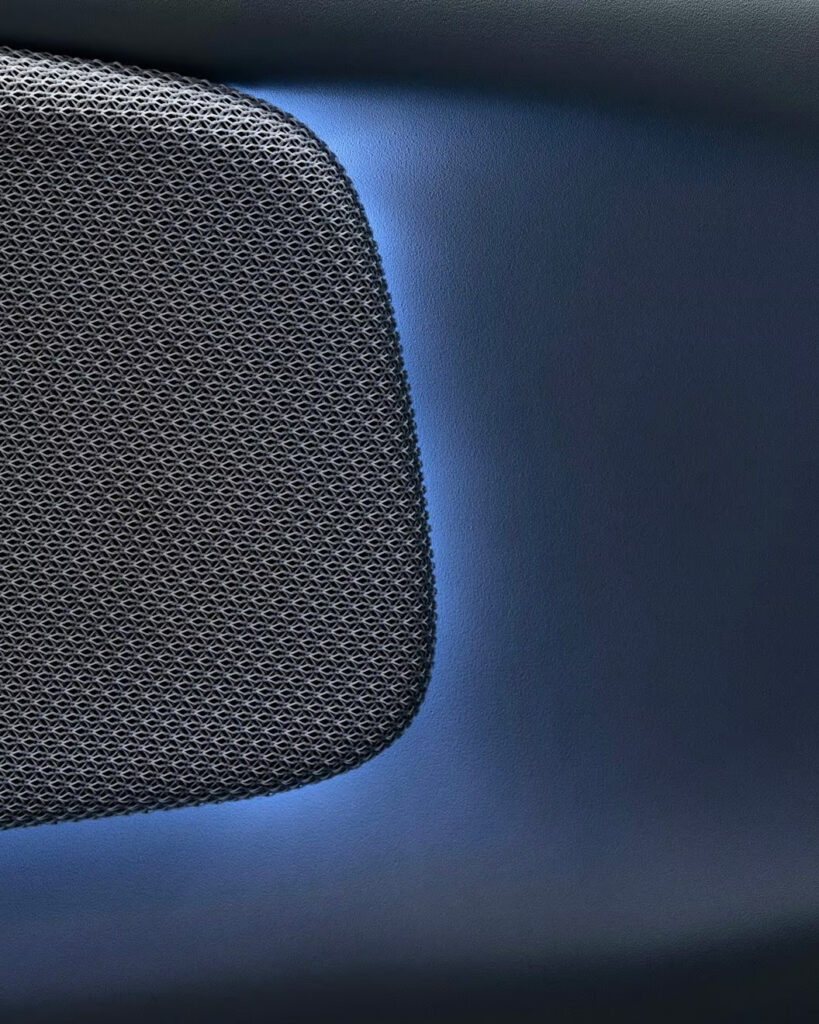

For companies like Polestar, lacking a long legacy allows greater creative freedom. “We’ve built our DNA on electric age mobility,” Madelaine asserts. Polestar’s goal has always been to innovate and redefine luxury through sustainable materials and processes, avoiding traditional, less sustainable luxury materials.
Clean mobility resonates with consumers’ increasing preference for progressive luxury, especially regarding materials. With a shift towards vegan and plant-based lifestyles, car designers are exploring alternatives to traditional leather, wood, and chrome. Polestar, for example, is investing in vegan leather and unique fabrics, collaborating with other industries to innovate. Materials like reclaimed wood and lightweight natural stone are being utilized, while tailored wool and cashmere provide refined alternatives.

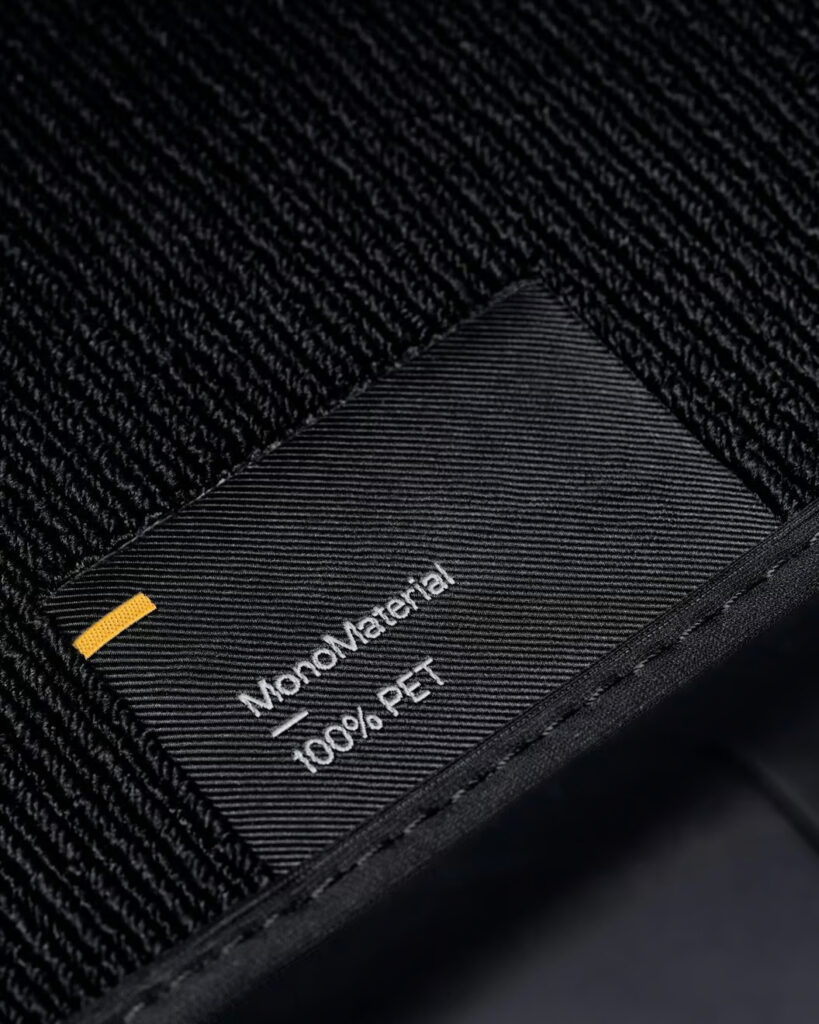
Polestar’s approach includes using recycled materials in innovative ways. The Polestar 4 features Tech Knit, a recycled PET mesh used decoratively, and Tailored Knit upholstery inspired by the running shoe industry, minimizing waste through precision knitting.
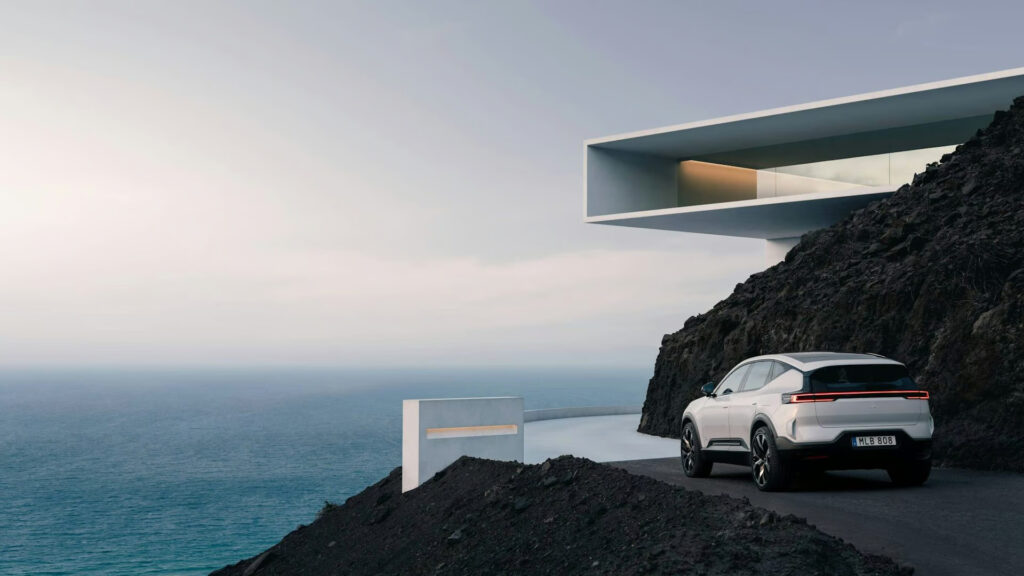
Challenges with new materials are seen as opportunities. “You can’t design an element with reinforced natural fibres in the same way as you would a plastic part,” Madelaine explains, emphasizing early incorporation of new materials in the design process.
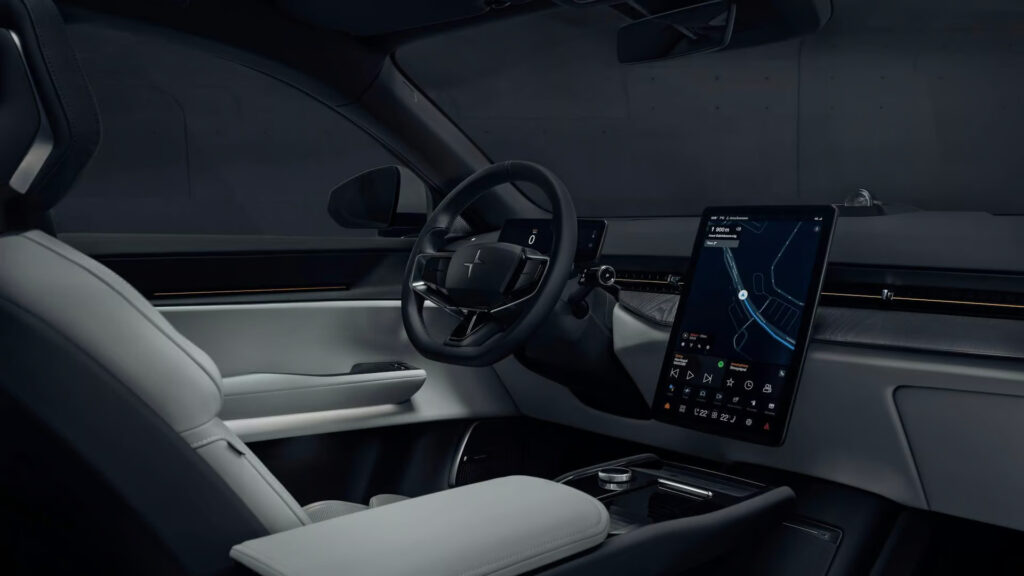
Customization remains a key luxury aspect, now enhanced by smart mobility. Modern luxury focuses on creating personalized, immersive experiences through light, sound, scent, and touch, integrated with advanced technology. In the Polestar 3 SUV, a Scandinavian-inspired minimalist interior fosters a serene atmosphere, enhancing the user experience through coherent design and material use.
Looking ahead, user experience will be central to automotive luxury. “We are now in the age of smart mobility where cars are becoming more sophisticated in terms of driving assistance and connectivity,” Madelaine notes. Future luxury will be defined by efficient hardware, intuitive operating systems, and seamless integration with smartphones.
Ultimately, silence, space, and time are emerging as the true luxury commodities. As Madelaine concludes, “Cars will always remain objects which evoke powerful emotions. The on-board experience for the driver and passengers will be the key to unlocking the luxury of the future.”
Words by: Nargess Banks
READ MORE: Toyota and Pepco Collaborate on Vehicle-to-Grid Technology for Electric Vehicles
Subscribe today for the freshest car news delivered to your inbox
